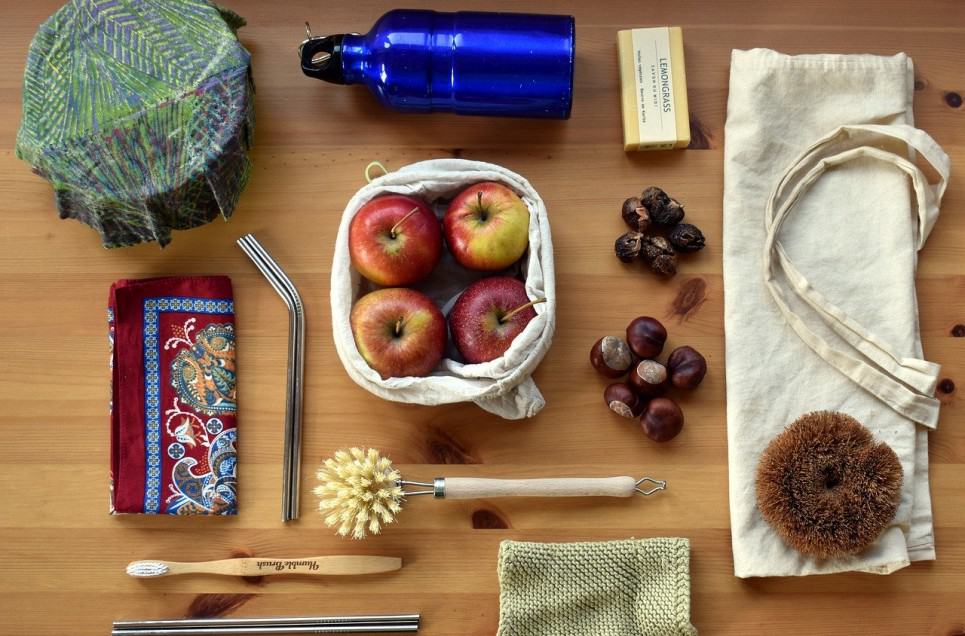As time goes on, people have become more aware of how our bad habits are affecting the environment. Trash is floating in our oceans, and landfills are getting fuller by the minute. All over the Internet, you can find people who have attempted a “zero waste” lifestyle. Even for those who try their best, the world we live in is not designed to accommodate those of us who are trying to cut down on excess trash we are creating. However, if everyone even attempt to improve their habits, this could make a huge impact on the world. Here are several ways you can reduce waste at home.
50. Bring Your Own Bags to the Grocery Store

Plastic bags at the grocery store are truly terrible. They cannot be recycled with your other plastics, because they get caught up in the machinery that sorts through cans and bottles. So you really do need to put them in the trash, or reuse them as trash bags in your garbage cans. However, even if you use them to line your bins, there are usually so many bags, that you might not know what to do with them all.

This is easily avoidable by purchasing reusable grocery bags. Most grocery stores will sell these bags for just $1 each. Even at places like Aldi, they will allow you to buy your plastic bags. Once you buy them, you can bring them back to the store and use them over and over again.



































































































